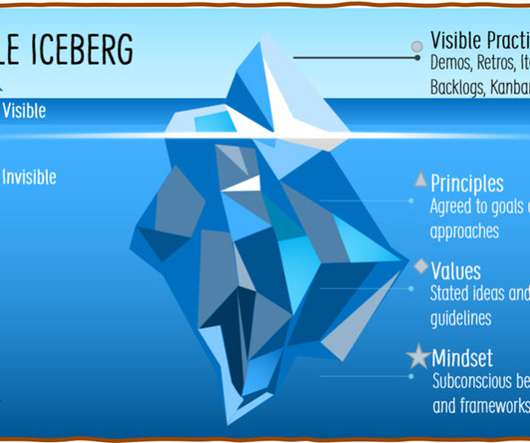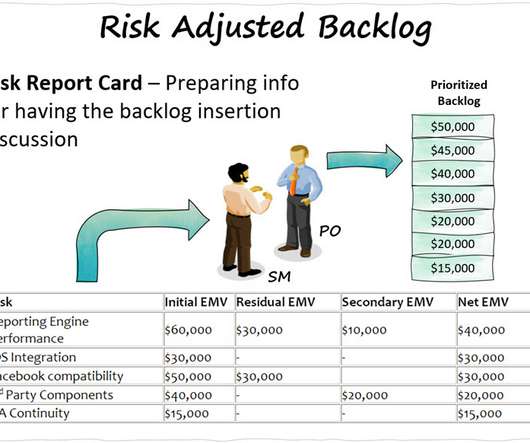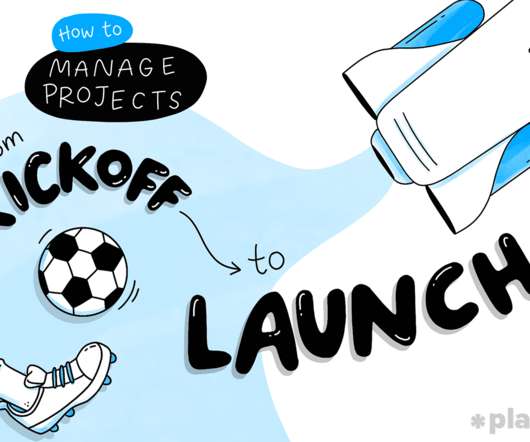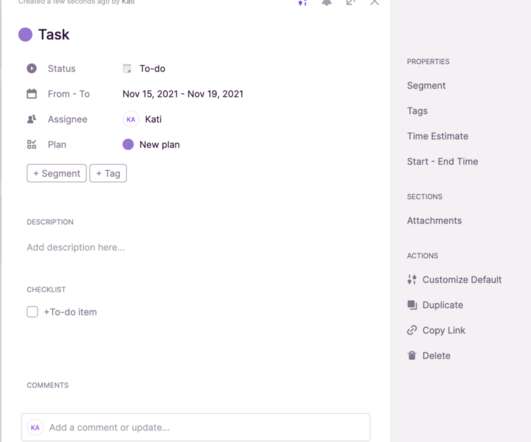Agile Adoption – Left to Right is the Way to Go
Leading Answers
MAY 8, 2022
As companies adopt agile because they have to / it's now expected / the industry norm / required to stay competitive / , we see more push-back and failures than ever. Implementing sprints, demos, and daily stand-up meetings without valuing individuals and interactions over processes and tools is just as ineffective as an all-wood radio.



















Let's personalize your content